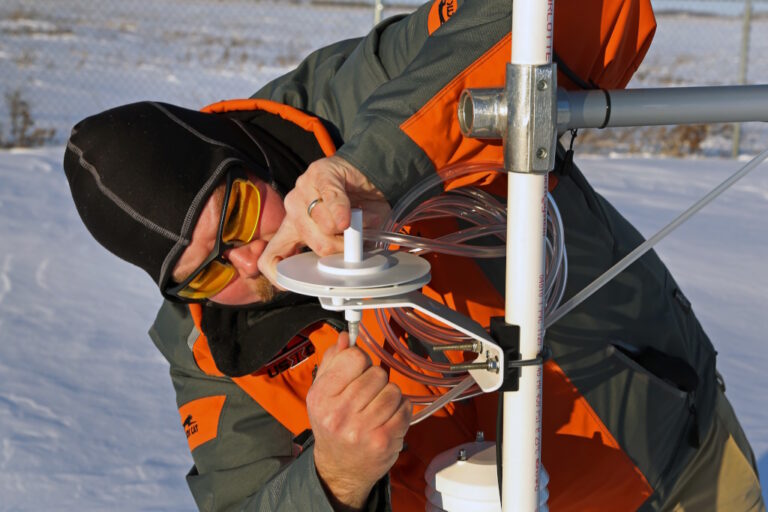Atmospheric Sciences Seminar: Mullendore
FOR IMMEDIATE RELEASE
John D. Odegard School of Aerospace Sciences
Contact: Karen Ryba/Phone: 701-777-4761
May 17, 2007
Mullendore to Speak at Atmospheric Sciences Seminar
***
“Discrete Propagation of Convection: Simulations and Observations”
(Grand Forks, North Dakota): Dr. Gretchen Mullendore, a researcher from the Department of Atmospheric and Oceanic Sciences at the University of California in Los Angeles, will give a presentation entitled, “Discrete Propagation of Convention: Simulations and Observations” on Monday, May 21 at 3:00 p.m. in Ryan Hall (Room 134). Dr. Mullendore is a prospective faculty candidate for University of North Dakota’s (UND’s) Department of Atmospheric Sciences. All students, staff and faculty are invited to attend.
Abstract: Continuous propagation of convection is the process by which new convective cells are forged at the edge of the gust front that forms in association with active convection. Discrete propagation describes the ever-expanding set of other mechanisms by which convection can initiate ahead of the gust front. Two such mechanisms will be presented. First, the mechanism proposed Tompkins (2001) is observed in mesoscale simulations of the tropical maritime regime. In these simulations, discrete cells initiate over remnant cold pool boundaries left by convection that had dissipated hours before. Some modifications to the Tompkins mechanism are proposed. Second, the mechanism discussed by Fovell et al. (2006), in which the inflow environment is conditioned by gravity waves from approaching squall lines, may also help trigger convection in these tropical simulations. The signal of this theorized gravity wave conditioning mechanism is shown in observations of midlatitude convection collected during the BAMEX campaign.
About Atmospheric Sciences: In addition to the Ph.D. program, the Department of Atmospheric Sciences offers a Bachelor of Science, a Master of Science, and an undergraduate minor program in Atmospheric Sciences. Research areas of interest include atmospheric chemistry, surface transportation meteorology, radar meteorology, climate analysis, cloud physics, radiation, ground- and satellite-based remote sensing, aviation meteorology, hydrometeorology, mesoscale meteorology, data assimilation, numerical weather prediction, and weather modification. The Atmospheric Sciences department has played a major role in research for a number of Federal and state agencies, including the DOE, NASA, NDARB, FHWA, USDA, and DOD.
– # –
The Odegard School news releases are available on-line at http://www.aero.und.edu and click News for a list of news releases.

